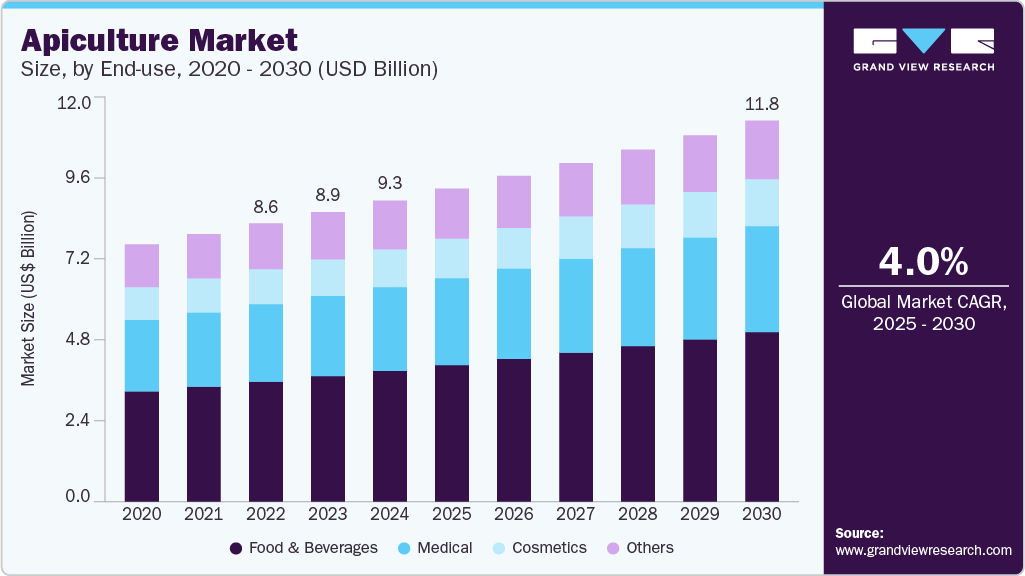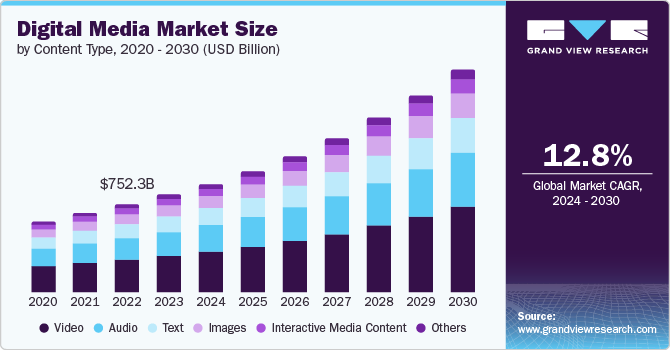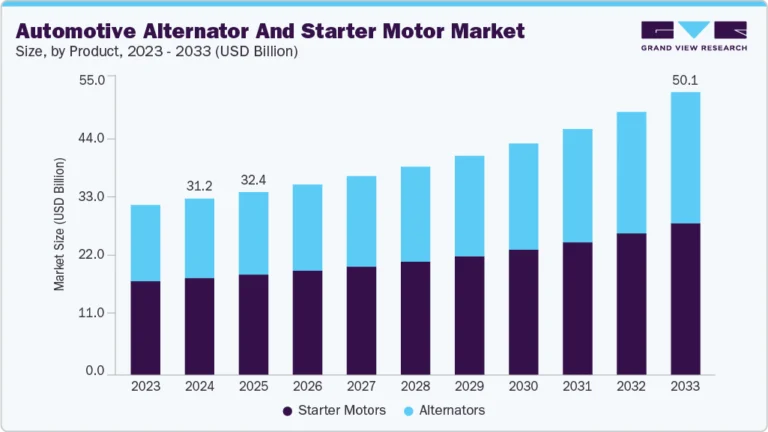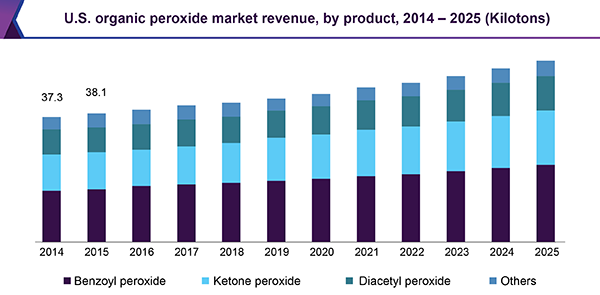Apiculture Market Size, Share & Trends Analysis growing at a CAGR of 4.0% from 2025 to 2030

The global apiculture market size was estimated at USD 9.31 billion in 2024 and is projected to reach USD 11.78 billion by 2030, growing at a CAGR of 4.0% from 2025 to 2030, owing to the versatility of bee products that extends beyond food and beverages. They are integral to various sectors, including pharmaceuticals, cosmetics, and agriculture.
Key Market Trends & Insights
- The apiculture market in Asia Pacific dominated the global industry with a revenue share of 35.6% in 2024.
- China is the world’s leading honey producer, accounting for approximately 50.5% of global honey production.
- By end use, the food & beverages segment dominated the market with the largest revenue share of 43.5% in 2024.
- By type, the honey products segment dominated the market with the largest revenue share in 2024.
Market Size & Forecast
- 2024 Market Size: USD 9.31 Billion
- 2030 Projected Market Size: USD 11.78 Billion
- CAGR (2025-2030): 4.0%
- Asia Pacific: Largest market in 2024
Request a free sample copy or view report summary: https://www.grandviewresearch.com/industry-analysis/apiculture-market-report/request/rs1
For instance, honey and royal jelly are commonly used in dietary supplements, while beeswax is a popular ingredient in skincare products. This broad applicability enhances the market’s resilience and growth potential, as different industries increasingly invest in bee-related products to meet consumer demands. Moreover, beeswax is utilized in the pharmaceutical industry as a binding agent and a time-release mechanism for medications, enhancing the efficacy of drug delivery systems. The ongoing research into the medicinal properties of these products continues to unveil new applications, further solidifying their place in modern healthcare.
The demand for bee products, particularly honey and its derivatives, is experiencing significant growth both in China and on a global scale. This surge is driven by various factors, including health consciousness, sustainability trends, and the versatility of these products across multiple industries.
One of the primary drivers of this market expansion is the increasing consumer preference for natural and organic products. As people become more health-conscious, they are turning away from artificial sweeteners and processed foods, opting instead for honey as a natural alternative. This shift is particularly evident in the food and beverage sector, where honey is being used not only as a sweetener but also as a flavor enhancer and a source of health benefits. The growing awareness of the nutritional advantages of honey, such as its antioxidant properties and potential health benefits, further fuels this demand.
In China, which is the largest honey-producing country, the government is actively promoting beekeeping as a sustainable agricultural practice. This support includes incentives for beekeepers and initiatives aimed at increasing awareness of the ecological benefits of bees, such as their role in pollination. The economic viability of beekeeping, characterized by low maintenance costs and high returns, is attracting more individuals and businesses to enter the market.
Drivers, Opportunities & Restraints
The growth of the apiculture industry is primarily fueled by rising consumer preference for natural and organic products. Honey and other bee-derived ingredients are increasingly viewed as healthier alternatives to refined sugars and synthetic compounds, driving their integration into food, beverage, nutraceutical, and cosmetic formulations. Additionally, the well-documented health benefits of propolis, royal jelly, and bee pollen are expanding their applications in functional health and personal care products. Government-backed beekeeping initiatives and the essential role of bees in agricultural pollination are further reinforcing market expansion globally.
Technological innovation is unlocking new growth avenues within the apiculture industry. Smart hive management systems, IoT-based monitoring, and automated extraction methods are enhancing productivity and colony health. The surge in demand for value-added products—such as infused honey, honey-based supplements, and functional confectionery—reflects evolving consumer tastes. Furthermore, digital commerce platforms are enabling direct-to-consumer sales, providing beekeepers greater market access, pricing control, and brand-building opportunities.
Despite strong fundamentals, the industry faces critical challenges. The global decline in bee populations, driven by habitat degradation, pesticide use, and disease outbreaks, threatens apiculture sustainability. Adulteration of honey with syrups and additives continues to erode consumer trust, triggering stricter quality controls and regulatory scrutiny. Additionally, competition from alternative sweeteners and synthetic ingredients may limit growth potential in price-sensitive segments.






